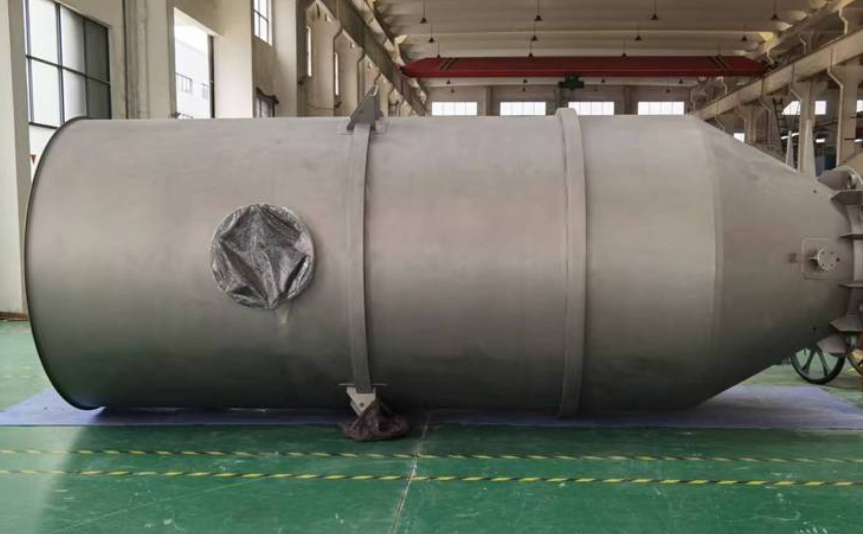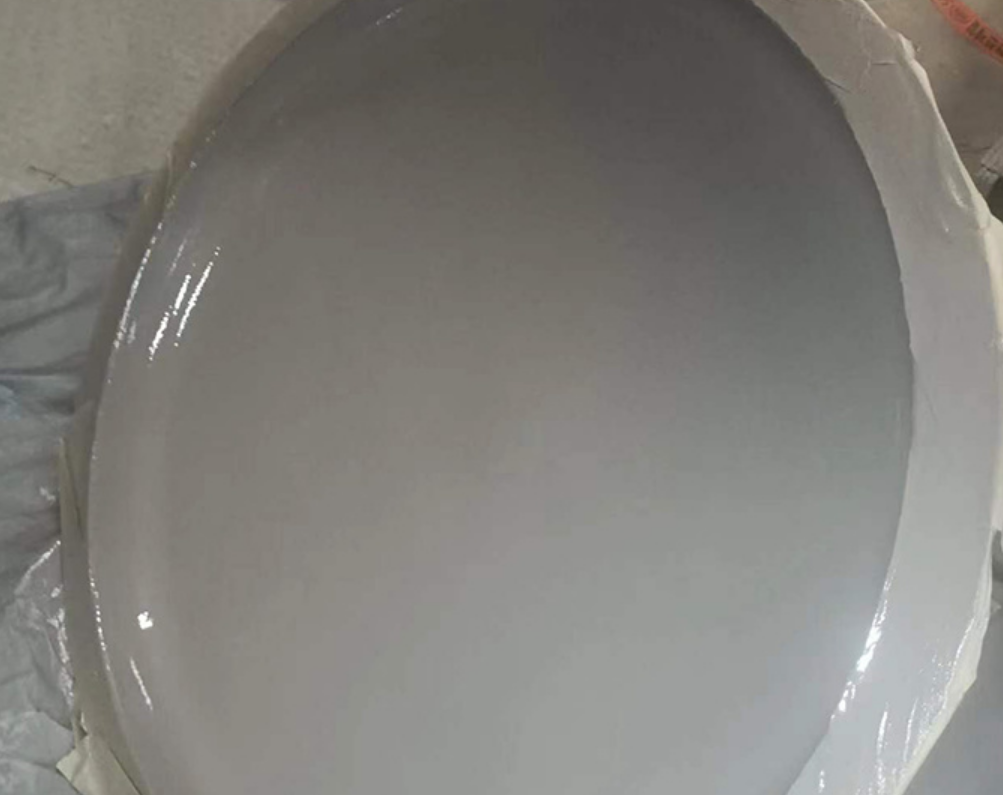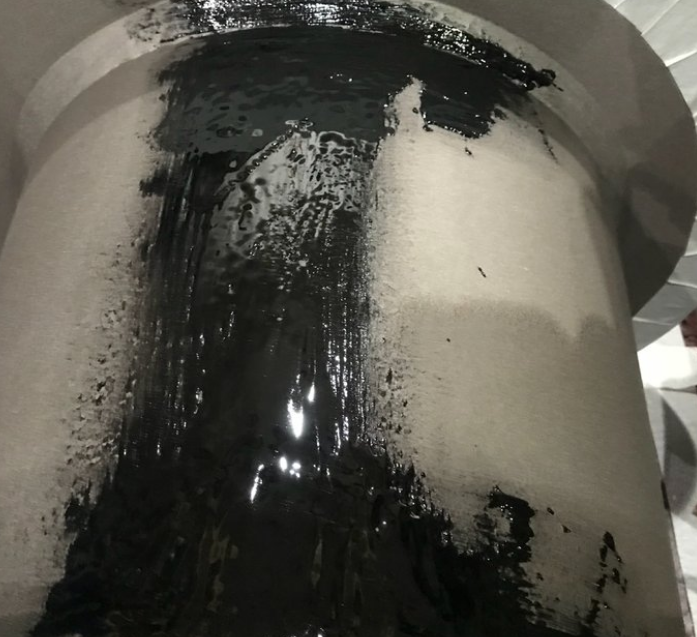Introduction to the main types of industrial ceramic coatings
Industrial ceramic coatings, with their excellent properties such as high hardness, wear resistance and resistance to thermal shock, are widely used in various industrial fields. Below, we will introduce in detail several common types of industrial ceramic coatings.

1. Alumina coating
Alumina coating is one of the most common ceramic coatings, featuring excellent wear resistance, corrosion resistance and high-temperature stability. It is usually used to protect metal substrates from wear and corrosion, and extend the service life of equipment. In addition, the alumina coating also has good insulation performance and is suitable for some occasions that require electrical insulation.
Ii. Zirconia coating
Zirconia coating is renowned for its extremely high hardness and toughness, effectively resisting scratches and burrs. Meanwhile, it also has excellent thermal shock resistance and chemical stability, making it suitable for harsh environments such as high temperatures and strong corrosion. Zirconia coatings are widely used in fields such as cutting tools, molds, and aerospace.
Iii. Silicon nitride coating
Silicon nitride coating is a high-performance ceramic coating with extremely high hardness and wear resistance. In addition, the silicon nitride coating also has excellent resistance to thermal shock and oxidation, and can maintain stable performance in high-temperature environments. Therefore, it is often applied in engine components, bearings and other situations that need to withstand high loads and high temperatures.
Iv. Silicon carbide Coating
Silicon carbide coatings are favored for their excellent high-temperature resistance and chemical stability. It can maintain a stable structure at extremely high temperatures and has good corrosion resistance. Silicon carbide coatings are often used in high-temperature corrosive environments such as petrochemicals and metallurgy to protect equipment from damage.
Overall, there are various types of industrial ceramic coatings, each with its own characteristics. When making a choice, the appropriate coating type should be selected based on the specific application scenarios and requirements.

What are the advantages and disadvantages of ceramic coatings
Advantages:
Strong wear resistance and corrosion resistance:
Ceramic coatings feature high hardness and excellent wear resistance, effectively resisting the wear and erosion of external substances.
This makes ceramic coatings perform well in situations that require high wear resistance and corrosion resistance, such as in the chemical, petroleum, and natural gas industries.
High-temperature resistance performance:
Ceramic coatings have excellent high-temperature resistance, and their fire resistance temperature can reach over 1000.
This has enabled ceramic coatings to be widely applied in equipment and machinery used in high-temperature environments, such as industrial furnaces and liquefied gas tankers.
Good non-stick property
The surface roughness of the ceramic coating is low, and it has excellent lubricating performance, which can reduce the friction between the material surfaces, and minimize the wear and impact of the material.
This has led to the wide application of ceramic coatings in the kitchenware manufacturing industry, such as non-stick pans.
Good color effect:
Ceramic coatings can be produced in a variety of colors and patterns as required, presenting a beautiful and elegant appearance.
This has enabled ceramic coatings to be widely applied in the decoration and protection of venues such as buildings, aircraft, railway stations and stadiums.
Easy to form and fast deposition rate:
Ceramic coatings are easy to form, have a relatively fast deposition rate, and the coating thickness is controllable.
This enables ceramic coatings to be sprayed on the surfaces of thin-walled, hollow and irregular-shaped parts by different sintering processes, achieving local spray strengthening of the products.
Wide application range:
Ceramic coatings can be prepared on different substrates and have good processing performance.
For example, various metals, cement, refractory materials, stone gypsum and other inorganic materials; Plastics and organic materials The properties of wood, cardboard, etc. can all be improved by spraying ceramic coatings.

Disadvantage:
High price
Compared with traditional paint coatings, ceramic coatings are more expensive.
This is because the materials and technical level required for manufacturing ceramic coatings are relatively high, thus the production cost is high, which in turn leads to a relatively high selling price.
Poor impact resistance
Although the ceramic coating is strong and wear-resistant, it is prone to cracking and peeling when impacted.
This is because the hardness of the ceramic coating is too high, and it cannot absorb the impact force when facing external impacts, resulting in cracking.
Insufficient reliability
After long-term use, ceramic coatings may develop problems such as pitting and peeling.
This is related to the instability during the manufacturing process, such as uneven coating surfaces and uneven temperatures.
The construction is difficult
The construction difficulty of ceramic coatings is relatively high.
Due to its unique material, it needs to be heated under precise temperature and pressure conditions before the coating can be manufactured. This complex manufacturing process requires highly specialized personnel to operate.